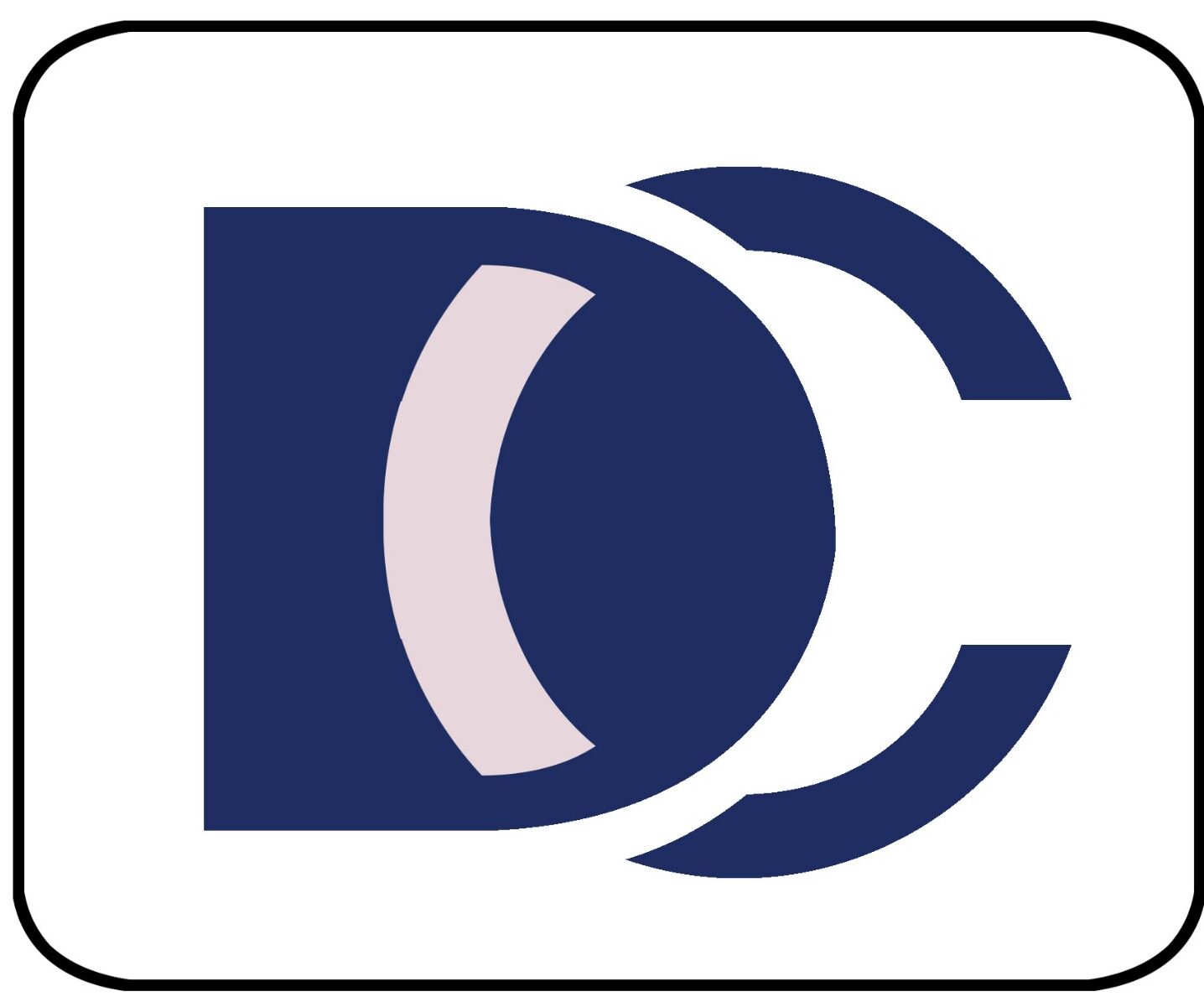The dynamics within Yemen’s Presidential Leadership Council reveal a complex interplay of regional powers and internal divisions.
By International Affairs Correspondent
In the wake of heightened global attention due to their attacks on Israel-linked ships in the Red Sea, the Houthis have gained prominence in the region. However, within Yemen, they are not the sole force; the country has a diverse political landscape marked by internal power struggles and international alignments.
Houthi Rise to Prominence:
The Houthi rebel group became a prominent force in September 2014, seizing control of Yemen’s capital, Sanaa, and significant portions of the country. This led to a coalition intervention led by Saudi Arabia in March 2015, resulting in a protracted conflict and a severe humanitarian crisis. Despite a truce in April 2022, the Houthis maintain control over most of Yemen’s west.
Presidential Leadership Council (PLC):
Following the truce, President Abd-Rabbu Mansour Hadi resigned, transferring authority to the Presidential Leadership Council, an eight-member body supported by Saudi Arabia and the United Arab Emirates. This council serves as a significant counterweight to the Houthi forces in Yemen.
Diverse Components of the PLC:
The PLC consists of various factions with competing interests and at times incompatible differences. The Southern Transitional Council (STC), the Giants Brigades, Saleh and the Guardians of the Republic, and Al-Islah are key players within the council.
- Southern Transitional Council (STC): Led by Major General Aidarus al-Zoubaidi, the STC controls southwest Yemen and has secessionist goals for the region. Backed by the UAE, it plays a crucial role in opposing the Houthi forces.
- Giants Brigades: Also known as the Southern Giants Brigades, this pro-government armed group, backed by the UAE, operates predominantly in the Taiz governorate, north of Aden. It comprises southern Yemeni tribesmen with separatist aspirations.
- Saleh and the Guardians of the Republic: Led by Tariq Saleh, the nephew of late President Ali Abdullah Saleh, this group is supported by the UAE and controls al-Makha on the western coast.
- Al-Islah: An Islamist group that dominated Yemen’s internationally recognized government until 2019. Two members of Al-Islah sit on the PLC, and it is believed to be backed by Saudi Arabia.
Challenges and Divisions:
Despite being a united front against the Houthi forces, internal divisions within the PLC present challenges. The members have conflicting ambitions and ideologies, often requiring guidance from their foreign backers. This has allowed the Houthis to maintain control over strategic territories and position themselves in negotiations over a ceasefire.
International Actors’ Roles:
Saudi Arabia and the UAE are the primary regional actors involved in the conflict, backing different factions within the PLC. While Saudi Arabia supports figures favoring a unified Yemen, the UAE aligns with the STC, Giants Brigades, and Saleh. The divergent interests of these regional powers contribute to the complex dynamics within Yemen.
As Yemen continues to navigate its intricate political landscape, the dynamics within the PLC and its interactions with global actors remain pivotal in shaping the country’s future.

